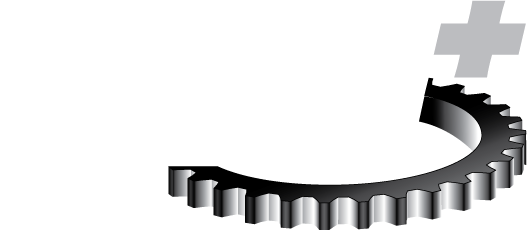
Basics of Gearing
This course provides a solid and fundamental understanding of gear geometry, types and arrangements, and design principles. Starting with the basic definitions of gears, conjugate motion, and the Laws of Gearing, those attending will be given the tools needed to understand the inter-relation and coordinated motion operating within gear pairs and multi-gear trains. Basic gear system design process and gear measurement and inspection techniques will also be explained. In addition, the fundamentals of understanding the step-wise process of working through the iterative design process required to generate a gear pair will be reviewed, and attendees will also briefly discuss the steps and issues involved in design refinement and some manufacturing considerations. Also, an explanation of basic gear measurement techniques, how measurement equipment and test machines implement these techniques, and how to interpret the results from these basic measurements will be covered
Learning Objectives
By completing this course, you will be able to identify, recognize or articulate:
- Describe the “Law of Gearing,” conjugate action and specifically, involute profiles
- Review the various definitions and terms used in gearing
- Identify the function and operation of all gear arrangements
- Appraise preliminary design considerations and the gear system design process
- Explain practical gear measurement and inspection techniques, tools and equipment
- Recognize “Best Practices” regarding gear system design
- Discuss some of the new and automated gear design systems
Who Should Attend
The intended audience for this course is powertrain engineers, engineering directors and managers, component suppliers, vehicle platform powertrain development specialists, and those involved in the design and application of geared systems and assemblies. This seminar will appeal to anyone who is interested in gears, gear systems, design development or measurement and inspection techniques. More specifically, anyone responsible for the following will benefit:
- Mechanical power transmission system design, development, durability assessment and application
- Application and development of geared systems technologies
- Management of transmission designers and manufacturers
- Supply of components and sub-systems to mechanical power transmission system manufacturers
Prerequisites
Because this course is targeted at several design and engineering disciplines, learners should have a B.S. in engineering or related field and preferably a minimum of two years design experience in the automotive powertrain field.
Topics
- Principles of Gears
- Purpose of gears
- Basic concepts — Law of gearing; common tooth forms
- Classification of gears
- Definitions and terms used in gearing
- Velocity ratio
- Pitch surfaces
- Gear Tooth Action
- Conjugacy
- Profile curves
- Surface of action
- Profile sliding
- Gear Geometry and Nomenclature
- Principle of planes
- Tooth nomenclature
- Blank nomenclature
- Gear Arrangements
- Simple gear train
- Compound gear train — ratios
- Epicyclic — configurations (solar, planetary, star); ratios; tooth number selection and build requirements; application
- Preliminary Design Considerations
- Gear type selection
- Preliminary estimate of size
- Stress formulations
- Gear Drawing Data
- Gear System Design Process
- Calculation of gear tooth data
- Gear rating practice
- Gear Design Process
- Layout
- Root geometry
- Backlash
- Gear Measurement and Inspection
- Dimension over pins
- Pin diameter
- Modify pin diameter and dimension over pins
- Pin contact point
- Charts – involute; lead; red liner
- Dimension sheet
- Gear Design Systems and Best Practices
- Common proportions
- Interchangeability
- Tooling considerations
- Mounting considerations
- Best practices
- Application
